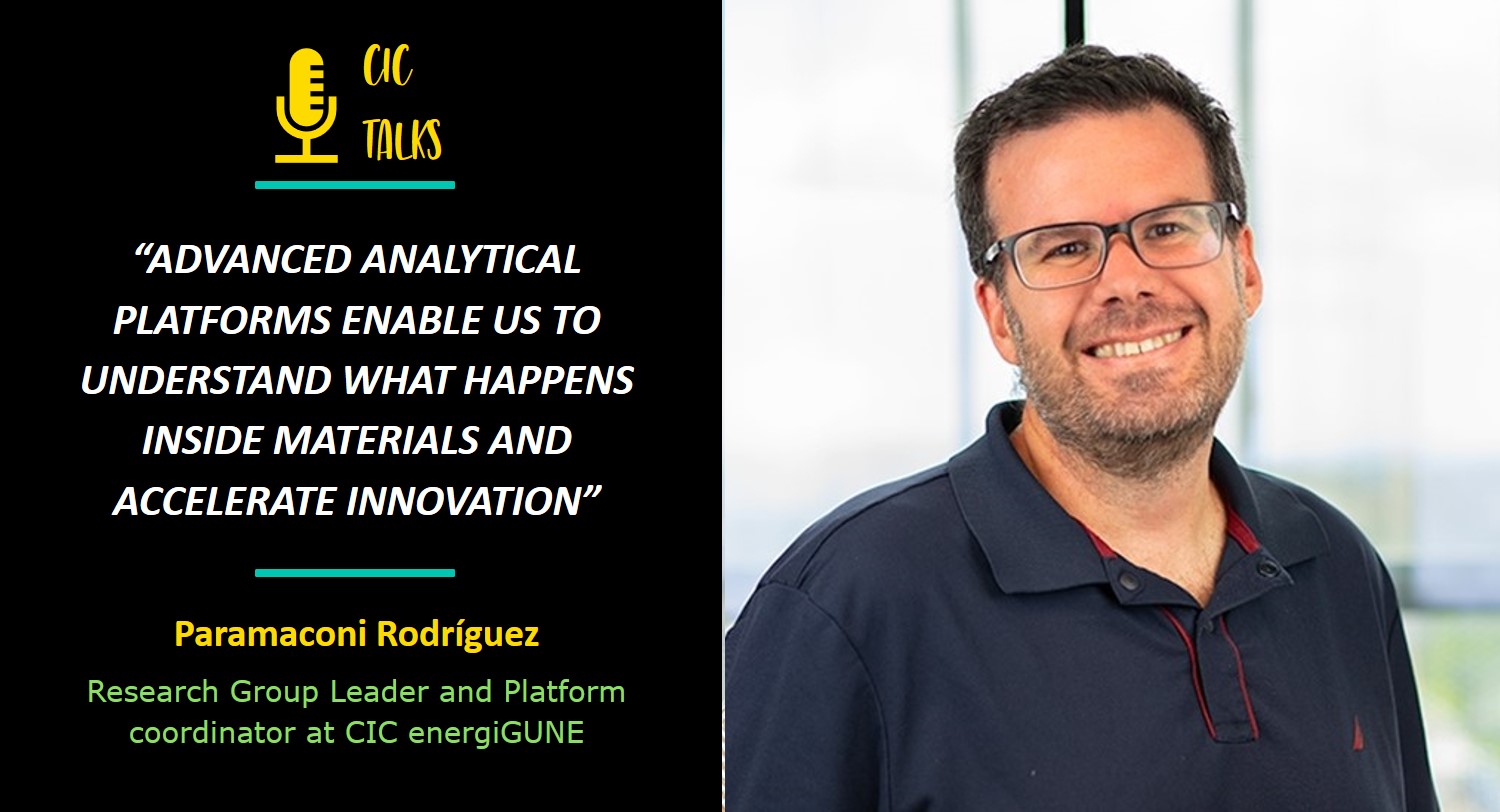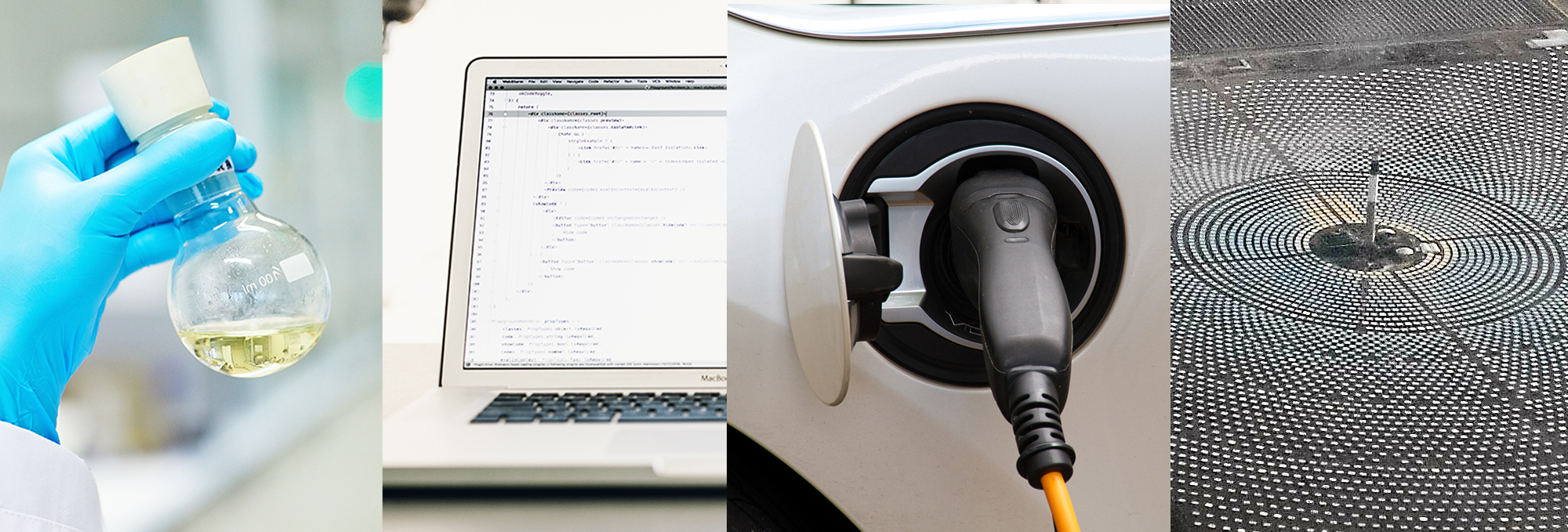

Because the development of new energy solutions largely depends on understanding what happens inside materials. For this, we need equipment capable of observing from the atomic scale to the macroscopic scale, and even under real operating conditions. Advanced analytical platforms provide us with this deep knowledge, which accelerates innovation and reduces uncertainty in the design of batteries, thermal storage and conversion systems, or hydrogen production, storage, and utilization technologies.
The impact is very broad. They help us optimize synthesis processes, understand degradation mechanisms, and validate material performance under real conditions. Thanks to these capabilities, we can increase battery durability, improve the safety of solid electrolytes, design more efficient electrodes, or even make better use of residual heat in thermochemical systems. In short, it is a transversal tool that connects basic science with industrial application.
Solid-state NMR allows us to observe the local environment of atoms and the molecular and ionic mobility within materials and between different phases. This is fundamental, for example, to understand how solid electrolytes or hybrid compounds behave, where internal dynamics determine device efficiency. It is a unique technique because it reveals interactions that other tools cannot detect and provides key insights for designing higher-performing materials.
Surfaces are where the most critical reactions occur in electrodes, electrolytes, and catalysts, and their control is key to maximizing performance and durability. In our platform, we combine advanced techniques such as XPS, Raman, infrared spectroscopy, AFM, and profilometry to precisely characterize electronic states, chemical bonds, contaminants, and topography. This knowledge allows us to optimize compositions and morphology, as well as design protective coatings with high accuracy using physical evaporation techniques. In this way, we help improve efficiency, stability, and lifetime of energy systems, offering concrete and scalable solutions for industry.
The combination of these techniques covers the full range of scales and operational states. Beyond morphology and particle size studies, electron microscopy (SEM/TEM/FIB-SEM) identifies nanometric defects, critical interfaces, and secondary phases that trigger degradation. In turn, micro-CT provides non-destructive 3D inspection of materials and devices such as batteries or reactors, revealing features such as porosity, tortuosity, cracks, misalignments, and particle/collector distribution. In situ/operando tests correlate these properties with device performance and efficiency under real operating conditions. By integrating metrics such as porosity, tortuosity, and defect density with performance and reliability data, key parameters can be identified to improve materials and optimize manufacturing processes, accelerating the design and lifetime of energy storage and conversion devices.
X-ray diffraction and scattering are very effective techniques for determining crystal structures, phase transitions, and changes in particle sizes and porous structures. At CIC energiGUNE, we use them both to characterize newly synthesized or post-mortem materials and to track their evolution during operation (in operando). In this way, we can relate the structural stability of the material to its capacity to store energy or heat, or to the efficiency of materials in thermal or electrochemical conversion for hydrogen production. It is a direct bridge between structure and material performance and efficiency.
We work in close collaboration with the energy, metallurgical, chemical, and electronics industries, among others, providing tools and knowledge that enable them to accelerate product development and reduce risks. From validating the quality of a new material to optimizing production processes, we offer concrete solutions that directly impact company competitiveness. Our vision for the future is to consolidate this platform as an international benchmark, capable of supporting both cutting-edge research and industrial innovation, contributing to a faster, more efficient, and sustainable energy transition.

If you want to know the latest trends in energy storage and new developments in research, subscribe.

If you want to join a top-level team, collaborate with specialists in multiple disciplines or tell us about your concerns, don't think twice...